Home>Gardening & Outdoor>Landscaping Ideas>When To Plant Grass Seed In North Alabama
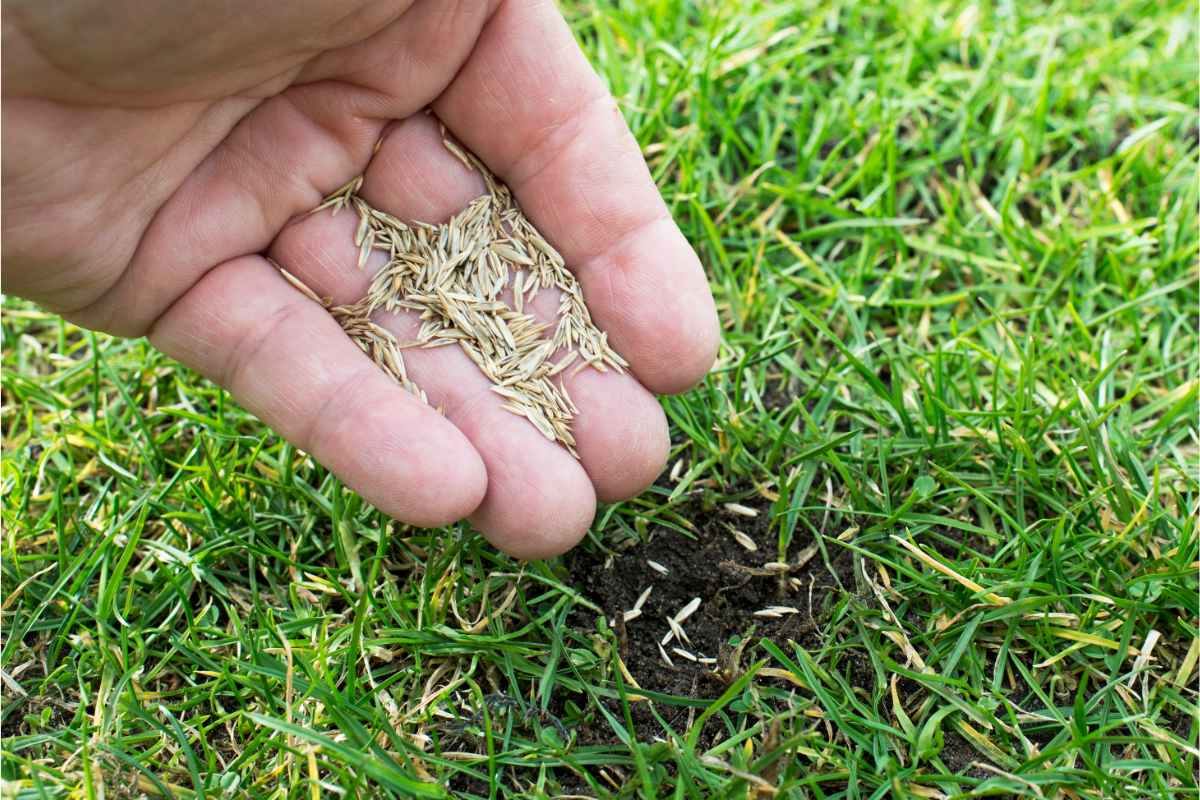

Landscaping Ideas
When To Plant Grass Seed In North Alabama
Modified: February 18, 2024
Find the best time to plant grass seed in North Alabama for a lush lawn. Get expert landscaping ideas and tips for successful lawn establishment. Discover the ideal planting season!
(Many of the links in this article redirect to a specific reviewed product. Your purchase of these products through affiliate links helps to generate commission for Storables.com, at no extra cost. Learn more)
Introduction
Are you a homeowner in North Alabama looking to transform your yard into a lush, green oasis? Planting grass seed is an excellent way to achieve a vibrant and inviting lawn that enhances the beauty of your property. However, the success of your grass seed planting endeavors hinges on various factors, including the timing of the planting, the choice of grass seed, and the preparation and care of the soil. In this comprehensive guide, we will delve into the specifics of planting grass seed in North Alabama, providing valuable insights to help you achieve a thriving lawn that withstands the region's unique climate and soil conditions.
Planting grass seed is an exciting endeavor that promises to breathe new life into your outdoor space. Whether you are establishing a new lawn or rejuvenating an existing one, understanding the nuances of North Alabama's climate and soil composition is crucial for achieving optimal results. By learning about the best time to plant grass seed, selecting the right grass seed varieties, and implementing proper soil preparation and maintenance techniques, you can set the stage for a vibrant and resilient lawn that enhances the visual appeal of your property.
Throughout this guide, we will explore the intricacies of North Alabama's climate, the ideal timing for planting grass seed, the selection of suitable grass seed varieties, and the essential steps for preparing and caring for your soil. By immersing ourselves in these key aspects, we can equip you with the knowledge and confidence to embark on your grass seed planting journey with enthusiasm and assurance. Let's dive into the specifics of planting grass seed in North Alabama and unlock the secrets to cultivating a stunning, healthy lawn that you can take pride in.
Key Takeaways:
- Plant warm-season grasses like Bermuda grass in late spring for a lush lawn in North Alabama’s hot, humid climate. For cool-season grasses like fescue, opt for early fall planting to thrive in milder temperatures.
- Choose grass seed varieties such as Zoysia grass that suit North Alabama’s climate and soil. Prepare the soil thoroughly, water carefully, and protect the seedlings for a vibrant and enduring lawn.
Read more: When To Plant Bermuda Grass In North Georgia
Understanding North Alabama Climate
North Alabama boasts a diverse climate characterized by hot, humid summers and relatively mild winters. The region falls within the transition zone, where both warm-season and cool-season grasses can thrive under the right conditions. Understanding the nuances of North Alabama’s climate is essential for selecting the most suitable grass seed varieties and determining the optimal timing for planting.
During the summer months, North Alabama experiences average high temperatures ranging from 85 to 92 degrees Fahrenheit, accompanied by high humidity levels. This warm and humid climate creates favorable conditions for warm-season grasses such as Bermuda grass, Zoysia grass, and Centipede grass, which exhibit robust growth and resilience in the region’s sultry summers. These grass varieties are well-adapted to the intense heat and humidity, thriving in full sun and tolerating occasional drought conditions.
Conversely, the winter season in North Alabama brings cooler temperatures, with average lows ranging from 31 to 38 degrees Fahrenheit. While the winters are relatively mild compared to more northern regions, the occasional frost and cool spells can impact the growth of warm-season grasses. This climatic aspect makes it important to consider the transitional nature of North Alabama’s climate when choosing grass seed varieties and planning the timing of planting.
Furthermore, North Alabama experiences a moderate amount of rainfall throughout the year, with peak precipitation occurring in the late winter and early spring. This distribution of rainfall influences the availability of moisture for newly planted grass seed and impacts the establishment and growth of the emerging lawn.
By gaining insights into North Alabama’s climate patterns, homeowners can make informed decisions regarding the selection of grass seed varieties best suited to the region’s weather conditions. Additionally, understanding the seasonal fluctuations in temperature and precipitation enables individuals to identify the most favorable window for planting grass seed, ensuring that the newly established lawn receives the support it needs to flourish in North Alabama’s unique climate.
Best Time to Plant Grass Seed in North Alabama
Timing plays a pivotal role in the successful establishment of a vibrant lawn in North Alabama. The optimal timing for planting grass seed is influenced by the region’s climatic characteristics and the growth patterns of different grass species. In North Alabama, the best time to plant grass seed depends on whether you are working with warm-season or cool-season grass varieties.
For homeowners seeking to establish or rejuvenate their lawns with warm-season grasses such as Bermuda grass, Zoysia grass, or Centipede grass, the ideal time for planting is during the late spring or early summer. As the temperatures rise and the risk of frost diminishes, the warm-season grasses thrive in the warm, sunny conditions prevalent during this period. Planting warm-season grass seed during late spring allows the emerging lawn to capitalize on the summer heat and ample sunlight, fostering robust growth and rapid establishment.
Conversely, those considering cool-season grasses like Kentucky bluegrass, fescue, or ryegrass should target the early fall as the prime window for planting grass seed. The cooler temperatures and increased moisture levels during the fall season create favorable conditions for the germination and establishment of cool-season grasses. By planting cool-season grass seed in early fall, homeowners provide the emerging lawn with a conducive environment for root development and initial growth, setting the stage for a lush and resilient cool-season lawn.
It is important to consider the climatic nuances of North Alabama when determining the best time to plant grass seed. By aligning the planting schedule with the growth patterns and preferences of specific grass species, homeowners can maximize the success of their lawn establishment efforts. Whether opting for warm-season or cool-season grasses, strategic timing enhances the likelihood of achieving a thriving and visually appealing lawn that enhances the outdoor landscape.
By understanding the distinct growth requirements and seasonal preferences of warm-season and cool-season grasses, homeowners in North Alabama can make informed decisions regarding the most opportune moments for planting grass seed, setting the stage for a flourishing and resilient lawn that withstands the region’s climatic variations.
Choosing the Right Grass Seed for North Alabama
When it comes to selecting grass seed for your North Alabama lawn, the diverse climate and soil conditions of the region necessitate careful consideration to ensure the optimal growth and resilience of the grass. The choice of grass seed varieties should align with the specific characteristics of North Alabama’s climate, including the prevalence of warm, humid summers and relatively mild winters.
For homeowners aiming to establish a vibrant lawn that thrives in North Alabama’s warm and humid climate, warm-season grasses present an excellent choice. Varieties such as Bermuda grass, Zoysia grass, and Centipede grass are well-suited to the region’s climatic conditions, exhibiting resilience in the face of intense heat and thriving in full sun exposure. These warm-season grasses boast exceptional drought tolerance and robust growth during the summer months, making them ideal candidates for North Alabama lawns.
Conversely, for individuals seeking a lush and resilient lawn that flourishes during the cooler seasons, cool-season grasses offer a compelling option. Varieties like Kentucky bluegrass, fescue, and ryegrass thrive in the milder temperatures and increased moisture levels of North Alabama’s fall and spring seasons. These cool-season grasses exhibit excellent cold tolerance and maintain vibrant green hues during the winter, enhancing the visual appeal of the lawn throughout the year.
When choosing grass seed for North Alabama, it is essential to consider factors such as the amount of sunlight the lawn receives, the soil composition, and the specific requirements of the selected grass varieties. By assessing these elements, homeowners can make informed decisions regarding the most suitable grass seed for their unique outdoor spaces, ensuring that the chosen varieties align with the region’s climate and soil conditions.
Furthermore, selecting high-quality grass seed from reputable suppliers enhances the prospects of achieving a thriving and visually appealing lawn. By prioritizing certified grass seed blends that are well-suited to North Alabama’s climate, homeowners can lay the foundation for a resilient and attractive lawn that elevates the aesthetic appeal of their property.
By carefully evaluating the attributes and growth preferences of warm-season and cool-season grasses, homeowners can make informed decisions regarding the most suitable grass seed varieties for their North Alabama lawns. By aligning the choice of grass seed with the region’s climate and soil characteristics, individuals can set the stage for a thriving and visually captivating lawn that enhances the outdoor landscape.
The best time to plant grass seed in North Alabama is in the fall, between mid-September and mid-October. This allows the seeds to establish before the winter and thrive in the spring.
Preparing Your Soil for Planting Grass Seed
The foundation of a healthy and vibrant lawn lies in the quality and condition of the soil. In North Alabama, preparing the soil for planting grass seed is a crucial step that sets the stage for successful germination, robust growth, and long-term resilience. By implementing proper soil preparation techniques, homeowners can create an optimal environment for the grass seed to establish strong roots and thrive in the region’s diverse climate.
Before planting grass seed, it is essential to assess the composition of the soil and address any deficiencies or imbalances that may hinder the growth of the emerging lawn. Conducting a soil test enables homeowners to gain valuable insights into the pH levels, nutrient content, and overall health of the soil. Based on the results of the soil test, necessary amendments such as lime application to adjust pH levels or the addition of organic matter to enhance nutrient availability can be carried out to create an ideal growing environment for the grass seed.
Furthermore, ensuring proper soil aeration is vital for promoting healthy root development and optimizing water and nutrient absorption. Aerating the soil helps alleviate compaction and enhances the circulation of air, water, and nutrients within the root zone, fostering the conditions necessary for robust grass growth. By aerating the soil prior to planting grass seed, homeowners can facilitate the establishment of a resilient and deeply rooted lawn that thrives in North Alabama’s climate.
Incorporating a high-quality starter fertilizer into the soil preparation process provides essential nutrients that support the initial growth and establishment of the grass seed. The carefully selected blend of nutrients in the starter fertilizer nourishes the emerging lawn, promoting healthy root development and early-stage vigor, setting the foundation for a lush and resilient grass cover.
When preparing the soil for planting grass seed, it is important to ensure that the surface is smooth, free of debris, and conducive to seed-to-soil contact. Raking the soil to create a fine, level seedbed facilitates optimal seed germination and establishment, promoting uniform growth and coverage across the lawn area. By meticulously preparing the soil surface, homeowners can enhance the prospects of achieving a lush and visually appealing lawn that thrives in North Alabama’s unique climate.
By prioritizing thorough soil preparation encompassing soil testing, necessary amendments, aeration, and the incorporation of starter fertilizer, homeowners can create an optimal environment for planting grass seed in North Alabama. By laying the groundwork for healthy root development and robust growth, individuals can set the stage for a thriving and resilient lawn that elevates the outdoor landscape and enhances the beauty of their property.
Planting Grass Seed in North Alabama
Once the soil is meticulously prepared, the process of planting grass seed in North Alabama can commence, marking the exciting beginning of the lawn establishment journey. Whether sowing grass seed for a new lawn or overseeding an existing one, strategic planting practices are essential for maximizing the germination and establishment of the grass seed, setting the stage for a lush and resilient lawn that thrives in the region’s unique climate.
When planting grass seed, it is crucial to distribute the seeds evenly across the prepared soil surface to promote uniform growth and coverage. Utilizing a broadcast spreader or a handheld seeder facilitates the even dispersal of the grass seed, ensuring that the entire lawn area receives adequate seed coverage for optimal germination and establishment.
Following the distribution of grass seed, lightly raking the soil surface helps incorporate the seeds into the topsoil while maintaining proper seed-to-soil contact, a critical factor for successful germination. By gently raking the soil, homeowners facilitate the anchoring of the grass seed, promoting the initiation of root development and the emergence of healthy seedlings that contribute to a dense and vibrant lawn cover.
After planting the grass seed, it is essential to provide adequate moisture to support the germination and early growth stages. Watering the seeded area with a gentle spray or mist helps keep the soil consistently moist, creating an environment conducive to seed germination and the development of robust seedlings. Maintaining optimal soil moisture levels during the germination period is crucial for ensuring the successful establishment of the grass seed and laying the groundwork for a thriving lawn.
Furthermore, protecting the newly planted grass seed from excessive foot traffic and disturbances is paramount for allowing the seeds to germinate undisturbed and the emerging seedlings to establish strong root systems. By minimizing traffic and activities that may disrupt the seeded area, homeowners can safeguard the early growth stages of the grass seed, nurturing the conditions necessary for the development of a resilient and visually appealing lawn.
By implementing strategic planting techniques and providing the necessary care and attention, homeowners can set the stage for the successful germination and establishment of grass seed in North Alabama. By nurturing the emerging lawn through meticulous planting practices and attentive maintenance, individuals can pave the way for a lush and resilient grass cover that enhances the outdoor landscape and elevates the beauty of their property.
Caring for Newly Planted Grass Seed
Following the meticulous planting of grass seed, providing attentive care and maintenance is essential for nurturing the newly established lawn and fostering robust growth and resilience. Caring for newly planted grass seed in North Alabama involves a combination of strategic watering, monitoring, and protection measures to support the germination and early growth stages, setting the foundation for a lush and vibrant lawn that thrives in the region’s diverse climate.
Watering the newly planted grass seed is a critical aspect of post-planting care, as it sustains the moisture levels necessary for seed germination and seedling development. During the initial stages, it is important to keep the soil consistently moist, ensuring that the seeded area does not dry out. Light, frequent watering with a gentle spray or mist helps maintain optimal soil moisture without causing runoff or soil compaction, creating an environment conducive to the successful establishment of the grass seed.
Monitoring the seeded area for signs of germination and growth enables homeowners to assess the progress of the newly planted grass seed and make informed decisions regarding ongoing care and maintenance. Observing the emergence of seedlings and the development of the grass cover provides valuable insights into the effectiveness of the planting practices and the need for adjustments in watering, protection, or maintenance measures.
Protecting the newly planted grass seed from external factors that may hinder its growth is essential for nurturing a resilient and thriving lawn. Minimizing foot traffic and preventing the accumulation of debris or leaves on the seeded area safeguards the emerging grass cover, allowing the seedlings to establish strong root systems undisturbed. By creating a conducive environment for the early growth stages, homeowners can support the development of a visually appealing and resilient lawn.
As the grass seedlings continue to grow and establish, gradually transitioning to a regular mowing schedule helps promote healthy and vigorous growth, contributing to a dense and lush lawn cover. However, it is important to wait until the grass reaches the recommended mowing height before initiating mowing activities, ensuring that the seedlings have ample time to establish strong root systems and develop robust growth before undergoing the stress of mowing.
By providing attentive care and maintenance, homeowners can nurture the newly planted grass seed in North Alabama, setting the stage for the development of a vibrant and resilient lawn. By implementing strategic watering, monitoring, protection, and gradual maintenance practices, individuals can foster the growth and establishment of the grass seed, paving the way for a visually captivating and enduring lawn that enhances the outdoor landscape.
Conclusion
Embarking on the journey of planting grass seed in North Alabama opens the door to creating a vibrant and resilient lawn that enhances the beauty of your outdoor space. By understanding the nuances of North Alabama’s climate, identifying the optimal timing for planting, selecting the right grass seed varieties, and implementing meticulous soil preparation and care practices, homeowners can set the stage for a thriving and visually appealing lawn that withstands the region’s diverse weather conditions.
The climatic characteristics of North Alabama, encompassing hot, humid summers and relatively mild winters, present a unique backdrop for lawn establishment. By aligning the timing of grass seed planting with the growth patterns of warm-season and cool-season grasses, individuals can maximize the success of their lawn establishment endeavors, ensuring that the emerging grass cover flourishes in response to the region’s seasonal variations.
Choosing the most suitable grass seed varieties for North Alabama, whether warm-season grasses like Bermuda grass and Zoysia grass or cool-season options such as Kentucky bluegrass and fescue, is a pivotal decision that influences the long-term resilience and visual appeal of the lawn. By considering factors such as sunlight exposure, soil composition, and growth preferences, homeowners can make informed choices that align with the region’s climate and soil conditions, laying the foundation for a thriving lawn.
Furthermore, the meticulous preparation of the soil, encompassing soil testing, necessary amendments, aeration, and the incorporation of starter fertilizer, creates an optimal environment for the successful establishment of grass seed. By prioritizing thorough soil preparation, homeowners pave the way for healthy root development and robust growth, nurturing the conditions necessary for a resilient and visually captivating lawn.
Once the grass seed is planted, providing attentive care and maintenance, including strategic watering, monitoring, and protection measures, supports the germination and early growth stages, fostering the development of a lush and vibrant lawn. By nurturing the newly established grass seed, homeowners can set the stage for a visually appealing and enduring lawn that elevates the outdoor landscape and enhances the beauty of their property.
Planting grass seed in North Alabama is a rewarding endeavor that promises to transform your outdoor space into a lush and inviting haven. By embracing the intricacies of the region’s climate, soil composition, and seasonal variations, homeowners can unlock the secrets to cultivating a stunning lawn that thrives in North Alabama’s unique environment. With the right knowledge, careful planning, and attentive care, you can achieve a thriving and enduring lawn that becomes a source of pride and enjoyment for years to come.
Frequently Asked Questions about When To Plant Grass Seed In North Alabama
Was this page helpful?
At Storables.com, we guarantee accurate and reliable information. Our content, validated by Expert Board Contributors, is crafted following stringent Editorial Policies. We're committed to providing you with well-researched, expert-backed insights for all your informational needs.
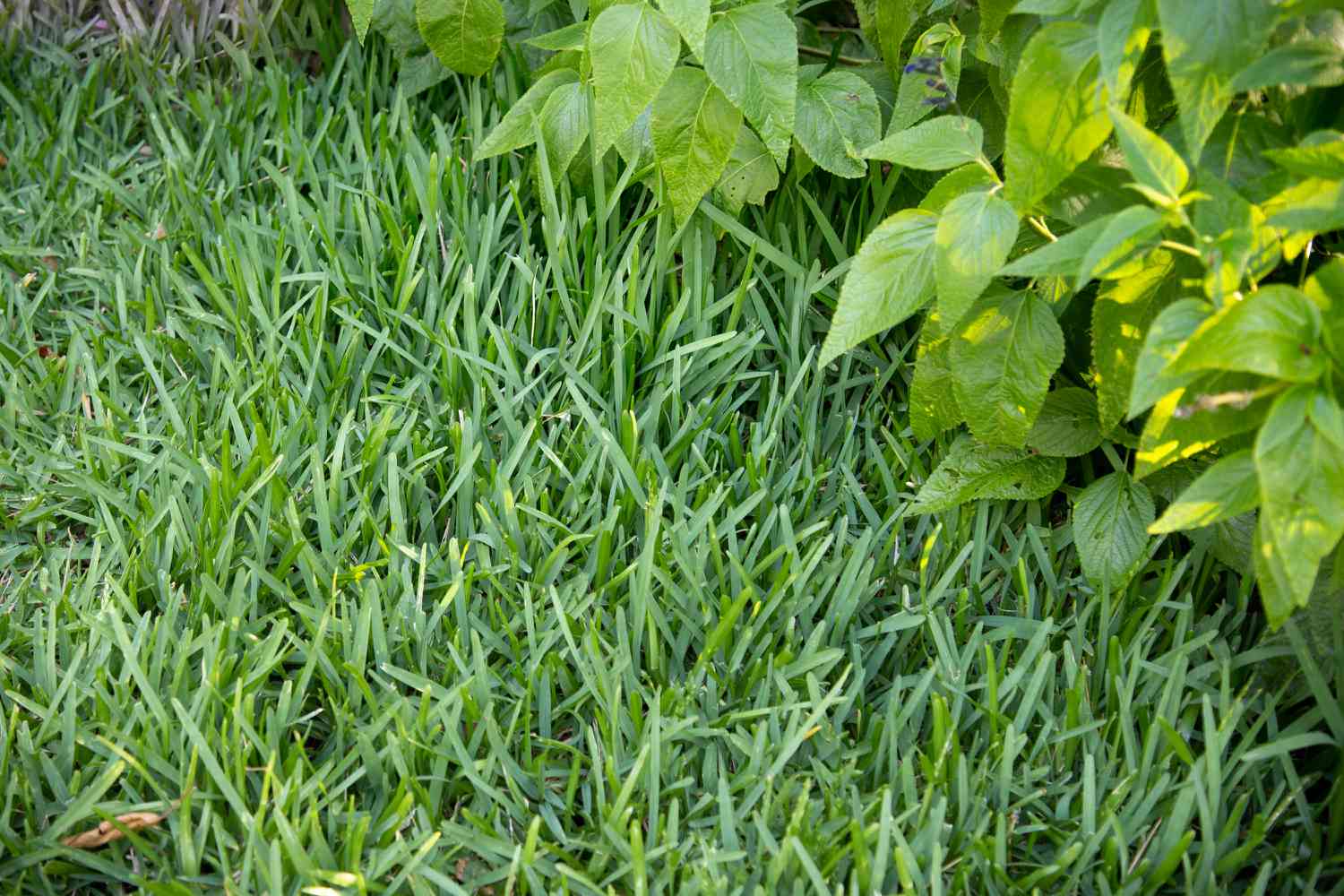
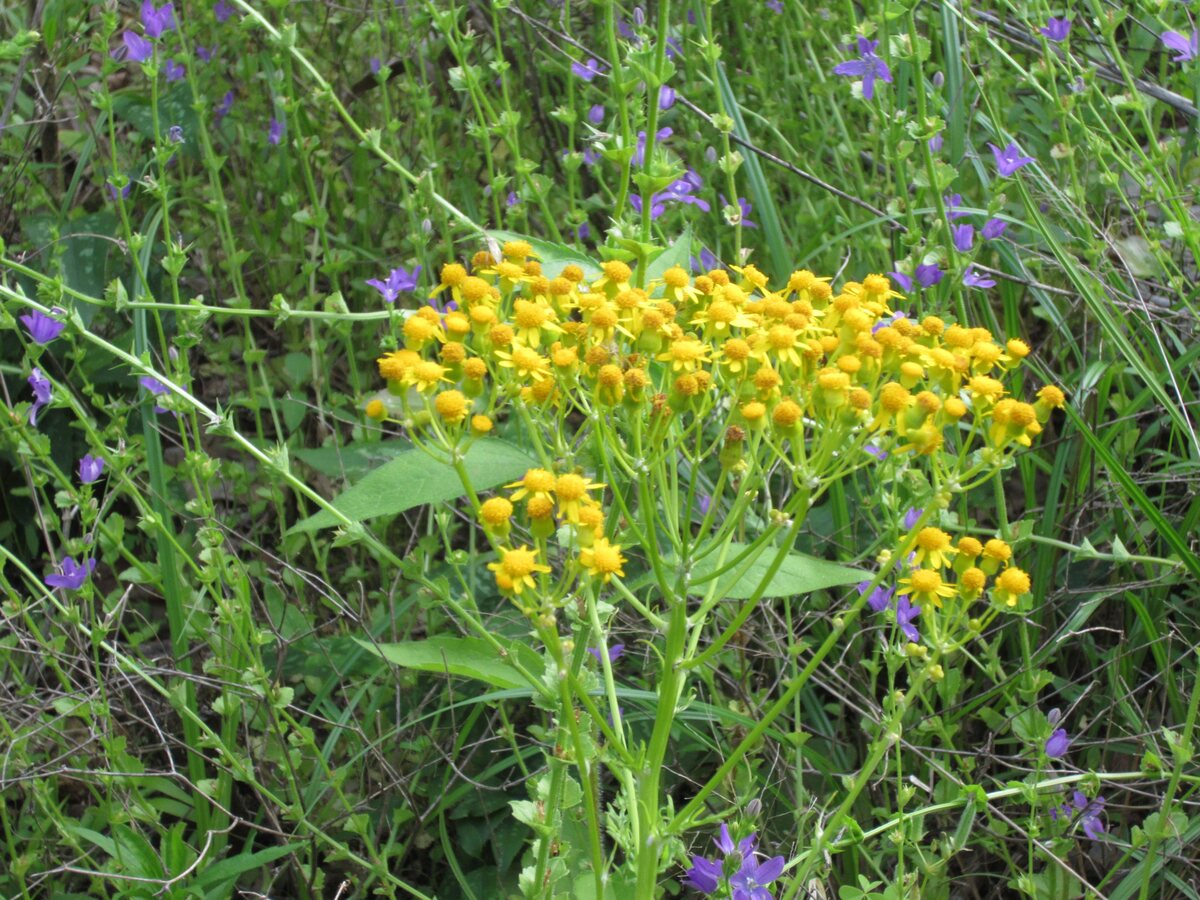
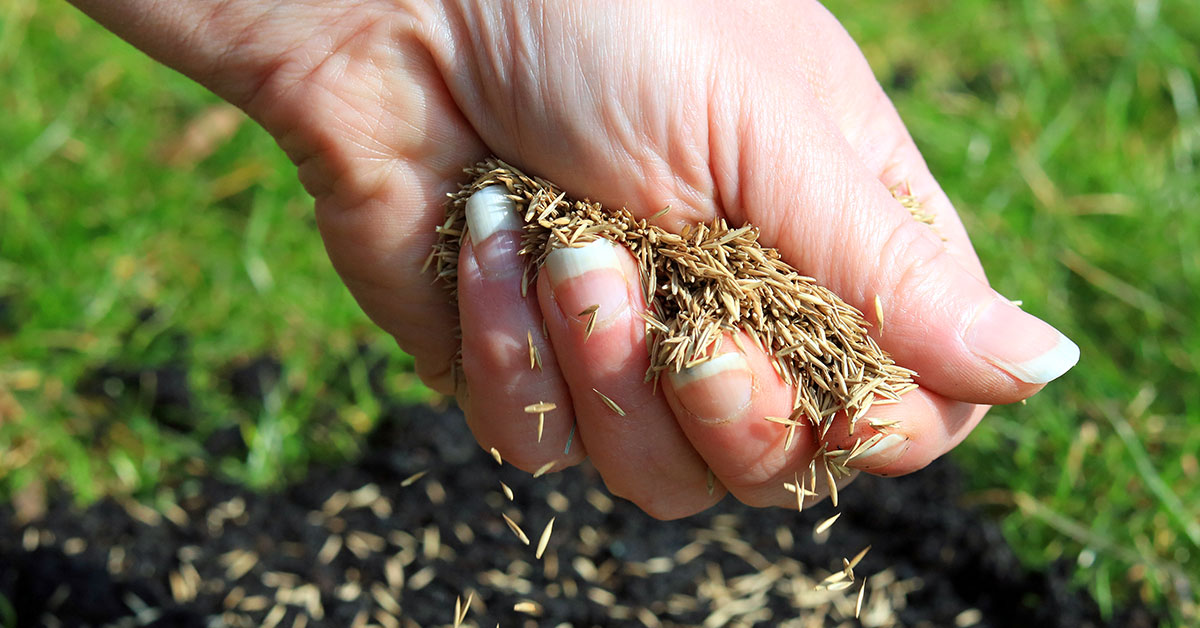
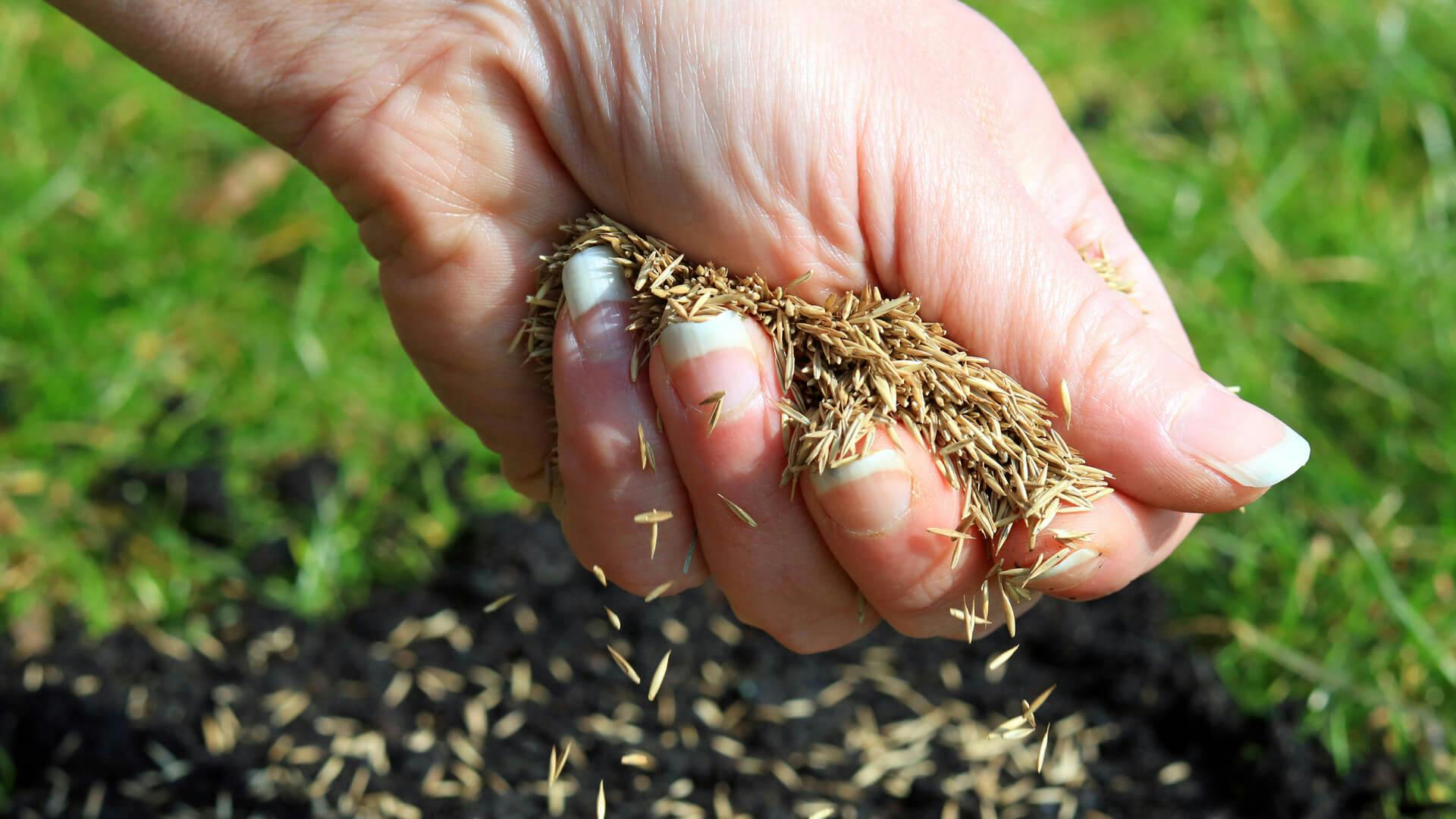
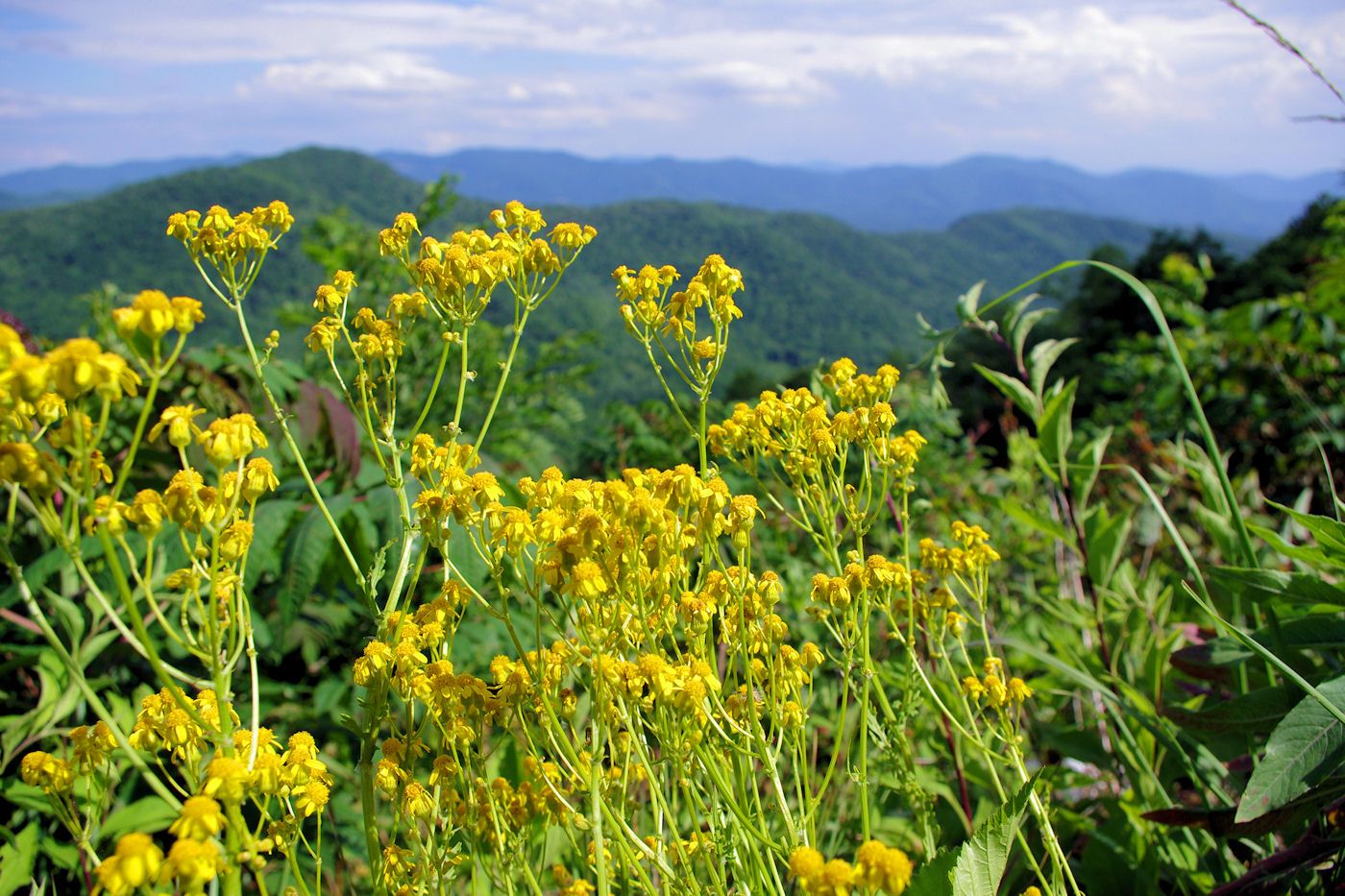










0 thoughts on “When To Plant Grass Seed In North Alabama”